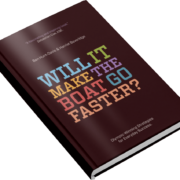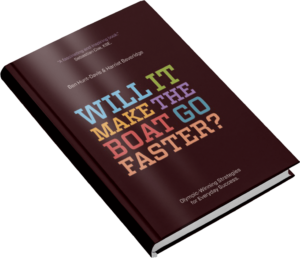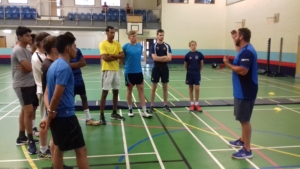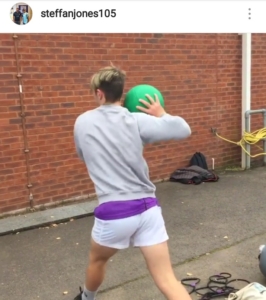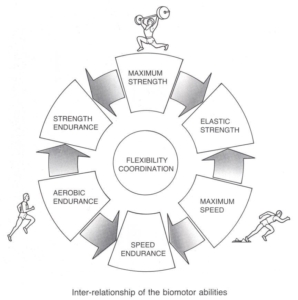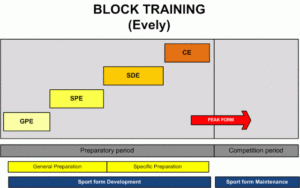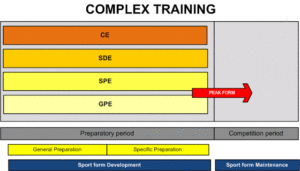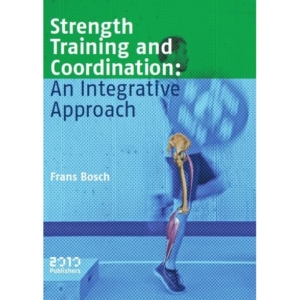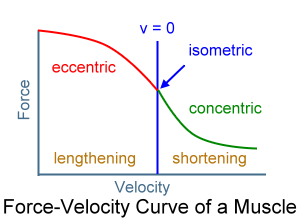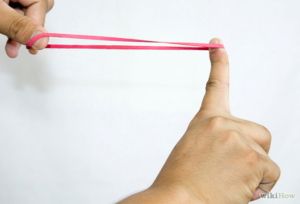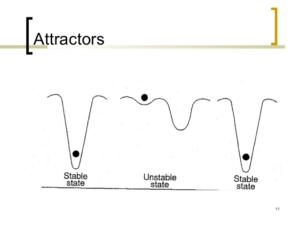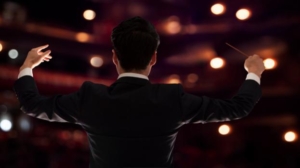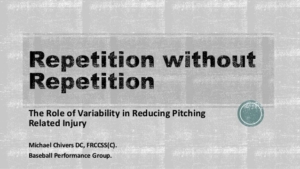My visit to PaceLab
This blog is the final instalment in my three part series. In Part 1 we reviewed the principles of Motor Learning and the concepts of Variation as a form of Overload. We also looked at the concept of Isometric muscle actions forming the basis of strength training for skill transfer of complex movements that take place at very high movement speeds. In Part 2 we looked at models of Periodisation. In this final blog in the series I will share some insights into my two day visit to PaceLab in Wellington, Somerset.
I first started following Steffan on social media. Steffan is an ex professional cricketer, and is the Director of Sport at Wellington School, Somerset. He also has his own business called ‘PaceLab.’ What attracted me to his ideas was his interesting application of special development exercises that I had only really seen popularised in track and field and his interest in isometric training methods for enhanced skill transfer.
I went down to the first two days of one of his summer training camps for fast bowlers and he was kind enough to let me ask him some questions, while watching the testing. Being totally honest, I haven’t grasped it fully so I would encourage you to reach out to Steffan if you have more questions. But here is my take home messages.
Prepare them for the Chaos
Sport, just like the body’s adaptation response, is not predictable! But ultimately the goal is an improvement in the sports performance. My former Tennis Director, Matt Willcocks always used to refer to the rowing quote: ‘Will it make the boat go faster?”
The Assessments
The higher the stakes and the higher the level of the athlete the more important it is to narrow down on those exercises that will result in a positive transfer of training- that will make the boat go faster!
Steffan did all the classic strength/power and speed tests to build up a picture of the athletic profile, and determine if the athlete was more spring or static- in terms of how they develop velocity (through muscle effort or elasticity, respectively).
However, what I really came to see were the sport specific assessments. Steffan really captured my imagination because he always uses bowling speed as his most important KPI. Every exercise is ultimately designed to improve bowling speed. Steffan not only measures ball speed with a speed gun (Stalker Pro II) but he also measures arm speed (Motus Global).
He also measured the effect on ball speed from different run ups (those with and without a run up) as well as ball speed measured with the bowler working against variable resistance from the 1080 motion resistance trainer. Finally, he also measured ball speed using different weight balls.
So what?
Well for a start, the assessment showed that the person who had the fastest ball speed had the lowest arm speed.
Don’t assume fastest arm = fastest bowl
Interestingly, the person with the fastest arm speed had one of the slower ball speeds. It is critical to know where the ball speed comes from. Somewhere who has a fast arm but lower ball speed needs to focus on getting stronger.
Once you have their best speed with the actual 156g ball and full run up knowing how they perform with different run ups, different weight balls and different resistances to overcome helps build up the picture further.
There should be about a 10mph drop off from a 110g ball to a 260g ball. More and it probably means you don’t throw the heavy ball fast enough and need to get stronger. Less likely means you don’t bowl the lighter balls fast enough and need to get faster!
You gain about 25mph from momentum of a run up but the length of the run up is probably going to be less important to a static ‘knee-dominant’ bowler as they like more time in contact with the ground to use their muscles to generate force. An elastic hip dominant bowler will get off the back foot extremely fast and will rely on a fast approach to build up momentum. Seeing the drop off between the two bowls (one with and one without run up might confirm your observations about their bowling type).
Finally, knee dominant bowlers typically enjoy resisted bowls at 5% and 10% of bodyweight as it gives them even more time to use their muscles, as the resistance slows them down.
I found all these different types of specific assessments fascinating.
The Training Exercises
According to Bondarchuk’s exercise classification we have four levels of specificity. Steffan has put a lot of exercises on social media which focus on the Specific Developmental exercises but first let’s explore the exercise classifications in more detail.
I like to think of the first two categories developing physical abilities and the last two motor skills specific to the competition exercise.
General Preparatory Exercises (GPE)- Exercises to get the body in a general ‘biomechanical efficient’ state based on sound knowledge of kinetics- higher force production and lower speed (so different recruitment systems to competitive exercise). These exercises are not going to directly help you be more powerful, and may in the short term have a negative transfer to sports skills and technique. However, it will give the tissues the necessary strain to maintain mobility and tissue aspects.
As Max Schmarzo of Strong by Science says:’ not every exercise needs to be directly related to your goal or KPI. There should be exercises that are used to support other exercises.”
Kier Wenham-Flatt of Rugby Strength coach adds: ‘chasing bigger squat numbers, even relative to body weight probably did very little to make us faster or more explosive. But it may have given us the foundation to do the stuff that did- ballistic movements, jumps, plyos, sprints.
Specific Preparatory Exercises (SPE)– Exercises which bridge the gap between strength and speed. These exercises are typically more explosive (replicating time frame of sport) and use the same muscles as the competitive exercise. In my opinion, this is also the place to be a little bit more specific with the movement pattern, so I’ll use more uni-lateral exercises and power cleans from a hang, for example.
Exercises such as half squat, snatch and power clean, jumps (standing long jump, triple jump, vertical jump) and throwing exercises (throwing a shot put forward and backward) are common place. However, according to extensive research across 7000 athletes Bondachuk says ability in these exercises does NOT to any degree determine the amount of increase in competitive exercises.
Just as with GPE, what you get here is a positive transfer of physical abilities to the competitive exercise. They serve only in the display of motor potential of an athlete and achievement of a definite level of physical preparation.
However, this is where Isometric training regimes also come into play and I was introduced to Steffan Jone’s Skill-Stability Paradigm.
In explosive sports, performance is largely limited by the requirement that the movement must be controllable.
A movement is only controllable if it can withstand external pertubations (surface of ground, weight of a ball, and any other unexpected movements) as well as internal pertubations (fatigue). One of the most important mechanisms for controlling movements and making them robust is the influence of co-contractions in what is known as ‘speed/accuracy trade-off.’
So if you are training for a high speed action such as sprinting or cricket fast bowling then perhaps a dose of isometric training is more suited here.
Steffan talks about technical (skill) interventions. You need a layered approach, starting with learning the bowling skill and then at the same time removing any obvious structural dysfunctions and building general strength qualities. All of the things we have talked about so far. But if you’re observing that a bowler is not able to consistently repeat the positions aka ”attractors” of a skill then certain types of ‘strength exercises’ can bridge the gap to assist with skills learning. The exact intervention depends on whether you have a problem with your hardware or software.
Hardware vs. Software Flaw
Hardware problem- use skill-stability paradigm to overload key positions using isometric work (part kinetic chain) and heavy weighted balls to groove the skill (whole kinetic chain).
Software problem- need repetition, variability of technical drilling and constraints based coaching
Below I will take a look at the isometric progressions as part of the skill-stability paradigm.
Skill-Stability Paradigm:
Full disclosure- I still haven’t got the grips with the Stages 2-4 exercises that Steffan uses. But I do believe the first two stages are part of the Special Development Exercises (SDE).
Stage 1 – isometrics (static)– holding the key bowling positions. This is a ‘yielding’ isometric held for up to 90-sec.
Stage 2- isometrics (dynamic)– constraining parts of the action while adding in movement in others.
Stage 1 has four levels: isometrics static
Level 1– bodyweight yielding
Level 2– bodyweight yielding with bands or external load such as an aquabag
Level 3– overcoming isometric drop and block (through partner resistance or power rack pin press)
Level 4– functional isometrics with supramaximal weight
Specific Developmental Exercises (SDE)– Exercises which approximate the competition exercise in part, such as a jump with different distance approach run, or variations in the distance run for a sprinter. For a thrower this would revolve around different weighted implements.
Here you are getting a positive transfer of motor skills using the variable practice conditions that Frans Bosch was speaking about. This is where the weighted balls also come in that Steffan was talking about. However, I believe Steffan regards the weighted balls as a Competitive exercise in his system and instead here uses exercises to develop power and usable strength which are Stage 3 and Stage 4 of his Skill-Stability Paradigm.
Stage 3- ballistic– adding explosive and coordinative aspects to the sequence (locked position MB shot pass throw)
Stage 4- complex– combining all the above methods
Competitive Exercise (CE)– the actual event. In Steffan’s system he would put weighted balls here as part of his ‘arm speed’ programme where heavier (200-300g) balls are bowled with maximum intent to increase bowling speed.
I will perhaps follow this up with some insights into how I have seen isometrics used successfully by Alex Natera in sprinting as I think that’s quite a bit to be getting our heads around. For now, I hope you found that a useful insight into my visit to PaceLab.
Where I am next presenting?
FREE WORKSHOP: 5 Numbers to Live By
Dates: 9 Sept 2018, 09:00AM-12:00PM Location: Gosling Sports Park, Welwyn Garden City, AL8 6XE
Book your spot HERE
Hope you have found this article useful. Remember,
- If you’re not subscribed yet, click here to get free email updates, so we can stay in touch.
- Share this post using the buttons on the top and bottom of the post. As one of this blog’s first readers, I’m not just hoping you’ll tell your friends about it. I’m counting on it.
- Leave a comment, telling me where you’re struggling and how I can help

